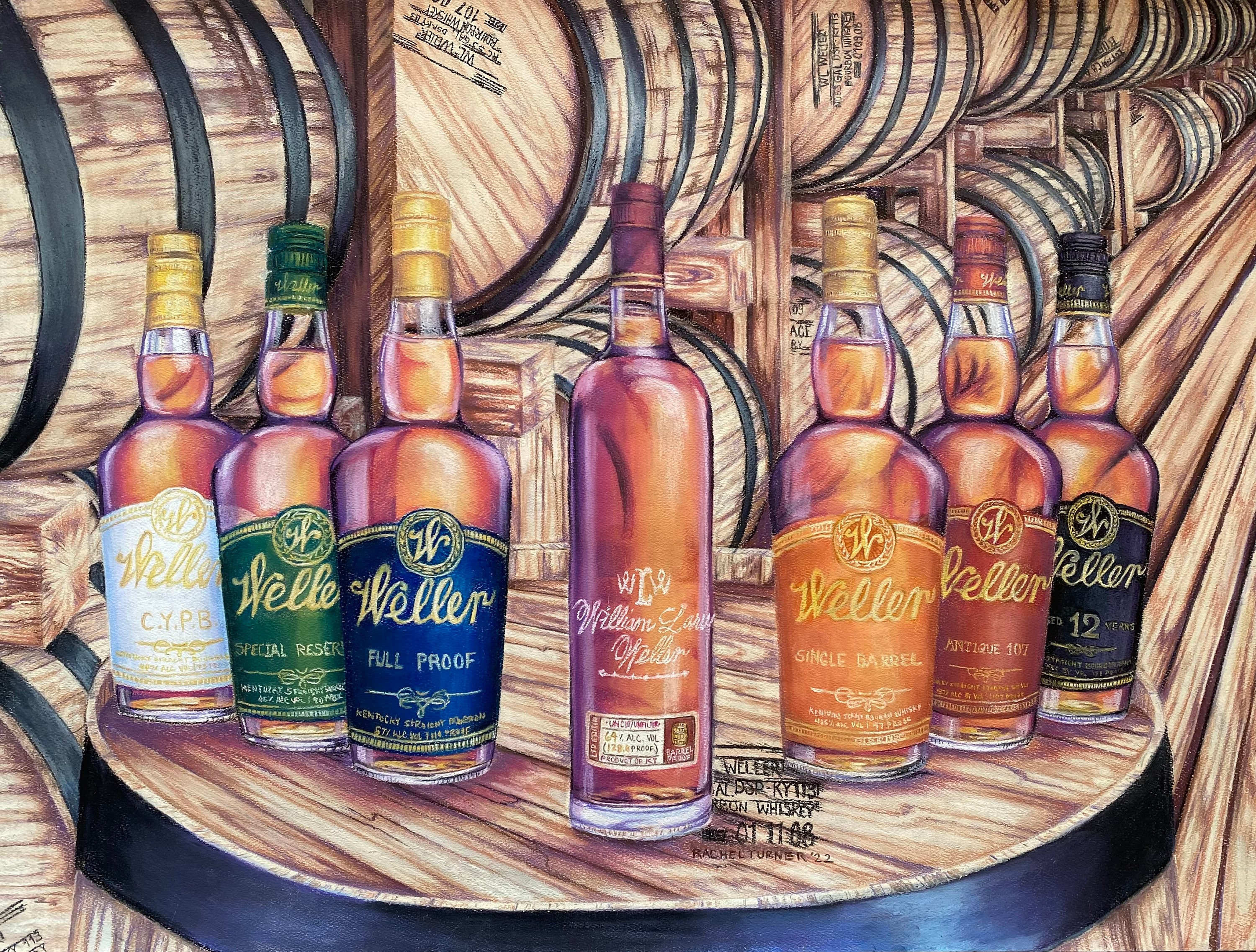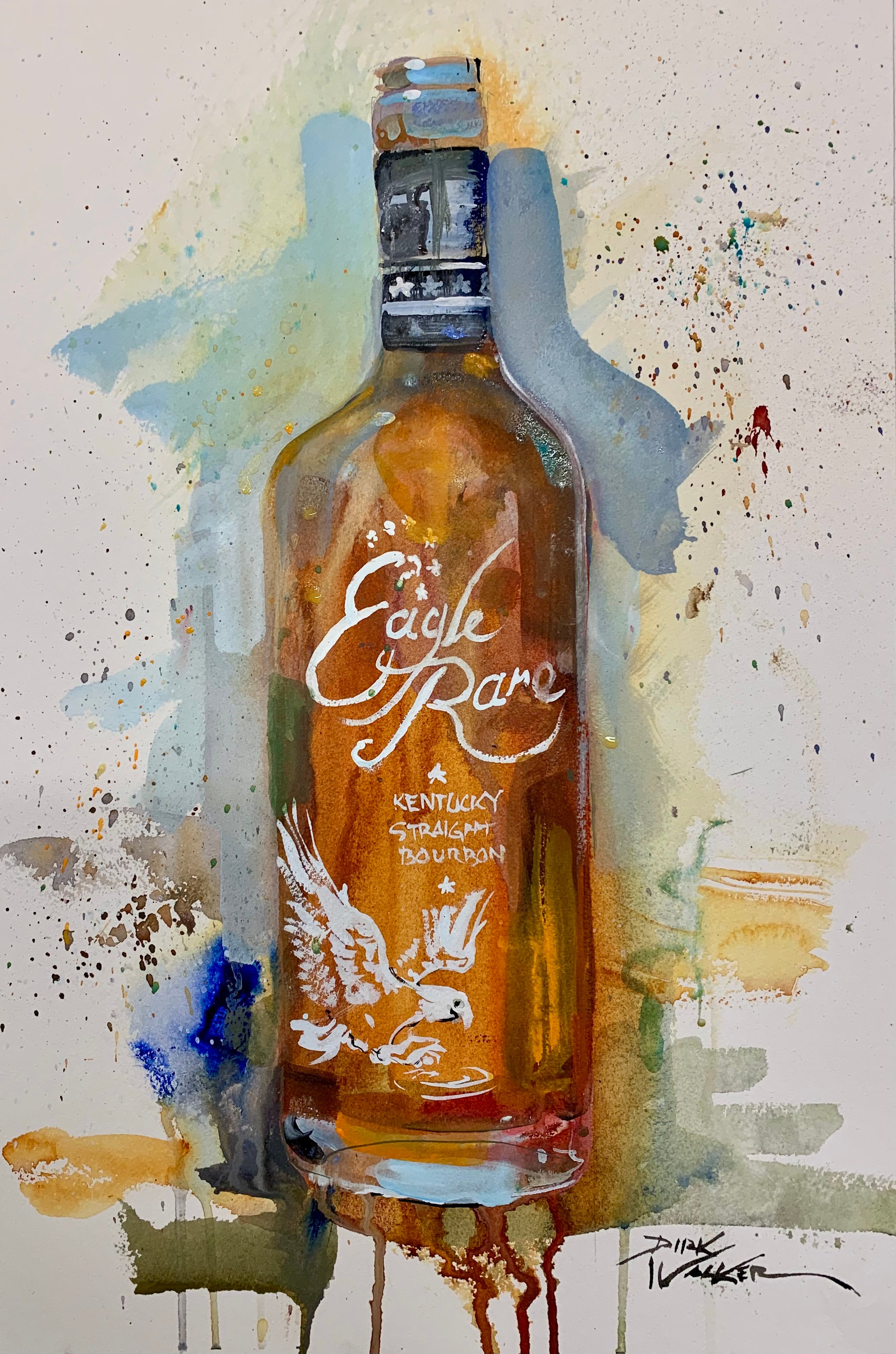Explore the World of Bourbon Art: A Journey With Culture and Craftsmanship
Explore the World of Bourbon Art: A Journey With Culture and Craftsmanship
Blog Article
The Value of Whiskey Art in Celebrating Heritage and Workmanship in the Beverage Industry
The detailed connection in between scotch art and the party of heritage and workmanship within the beverage sector can not be overstated. Via thoughtfully designed labels and containers, bourbon brands envelop their historic origins and the artisanal abilities that specify their manufacturing methods. This artistic measurement not just improves market appeal but also works as an avenue for cultural narration, fostering a deeper link between the craft and the customer. As we explore the numerous facets of this subject, fascinating questions regarding the influence of modern patterns on traditional methods arise, motivating more evaluation.
The Historical Origins of Whiskey
At the heart of scotch's appeal lies a rich tapestry of historic roots that trace back to ancient civilizations. The beginnings of whiskey can be linked to the purification methods of the Sumerians and Babylonians around 2000 BCE, where early kinds of fermented grain beverages began to emerge. It was in the Center Ages that the art of purification developed substantially, especially in Ireland and Scotland, leading to the development of bourbon as we understand it today.
The term "bourbon" itself obtains from the Gaelic word "uisce beatha," implying "water of life." This phrase underscores the social importance of whiskey in Celtic cultures, where it was commonly associated with routines, events, and public bonding. By the 15th century, purification became an identified craft within monastic areas, paving the means for the facility of lawful distilleries.
As trade paths increased, bourbon's popularity expanded, going beyond regional limits and catching the interest of lovers worldwide. Realism Art. This historical journey mirrors not only the workmanship behind bourbon production yet likewise its indispensable function in social and social contexts, marking it as a substantial beverage throughout history
Artistic Expression in Branding
Bourbon branding stands as a compelling crossway of creativity and commerce, where visual identification plays an essential duty in forming customer perception. The appearances of scotch labels, packaging, and advertising products reflect not only the brand name's story however additionally its core worths and heritage. Via creative expression, distilleries share a narrative that reverberates with consumers, evoking emotions and sparking links.
Using shade, typography, and imagery in branding serves to distinguish products in a saturated market. Conventional motifs might stimulate a sense of credibility and workmanship, while modern layouts can signify innovation and forward-thinking. This calculated artistic direction enhances brand acknowledgment and commitment, permitting consumers to build an individual partnership with the whiskey they choose.
In addition, creative expression in branding usually functions as a celebration of regional heritage. Distilleries frequently incorporate regional symbols or historic referrals right into their layouts, producing a sense of place that invites customers to partake in a more comprehensive social experience. Eventually, the virtuosity behind whiskey branding not just boosts visual charm yet also improves the overall narrative of the brand name, fostering a deeper admiration for the workmanship and heritage ingrained in each bottle.
Craftsmanship in Bottle Design
The creativity apparent in scotch branding extends beyond visual identification to include the workmanship associated with container layout. Each container acts as a vessel not just for the spirit within, however likewise for the tale it outlines its custom, beginning, and quality. The design process requires precise interest to information, as elements such as material, form, and closure add dramatically to the general perception of the scotch.
Craftsmanship in container design entails picking top notch glass that can enhance the scotch's color and quality, while also giving a responsive experience for the customer. The silhouette of the bottle should be both practical and cosmetically attractive, commonly reflecting the heritage of the brand name. Lots of distilleries decide for special forms or printed logo designs that evoke a sense of authenticity and history.
In addition, the tag layout and typography play a critical function in communicating the brand's story. Limited Edition. A well-crafted bottle not only mesmerizes the consumer's eye yet likewise strengthens the brand name's commitment to top quality and custom. This way, the craftsmanship of container layout ends up being a vital element of the whiskey experience, combining artistry with a profound regard for heritage
Social Importance of Bourbon Art
Celebrating practice and craftsmanship, the cultural value of whiskey art goes beyond plain appearances, intertwining with the historical and social stories of the regions where it originates. Each bottle offers as a canvas, depicting the special tales, folklore, and customs that have formed local whiskey-making techniques. The intricate styles usually reflect the heritage of the distillers, integrating icons and concepts that resonate with the culture and values of their neighborhoods.

In enhancement, whiskey art plays an essential function in communal gatherings and parties, acting as a substantial link between individuals and their shared experiences. By appreciating the creativity This Site in bourbon packaging, customers grow a deeper understanding and regard for the craft, eventually improving their enjoyment of the drink itself.
Modern Trends in Bourbon Presentation
Over the last few years, the discussion of whiskey has progressed to reflect contemporary tastes and fads while still honoring typical craftsmanship - Limited Edition. Distilleries are significantly focusing on aesthetic aspects that boost the overall drinking experience, connecting the space in between web link heritage and modernity
Cutting-edge container designs have emerged, usually incorporating sustainable materials and creative tags that inform engaging tales. Lots of brands now work together with regional musicians, instilling their items with distinct aesthetic expressions that reverberate with customers. In addition, limited-edition releases are frequently packaged in collectible containers, including value and charm for aficionados.

Verdict
In final thought, whiskey art serves as a vital conduit for expressing the heritage and workmanship integral in the drink market. With complex branding, cutting-edge container styles, and culturally significant artistic elements, bourbon brand names successfully honor their traditions and attach with customers.


Workmanship in bottle design entails choosing top notch glass that can improve the whiskey's shade and clearness, while also providing a responsive experience for the consumer. In this way, the workmanship of bottle layout comes to be an important aspect of the bourbon experience, merging artistry with an extensive respect for heritage.
In verdict, scotch art serves as an essential channel for expressing the heritage and workmanship fundamental in the drink industry.
Report this page